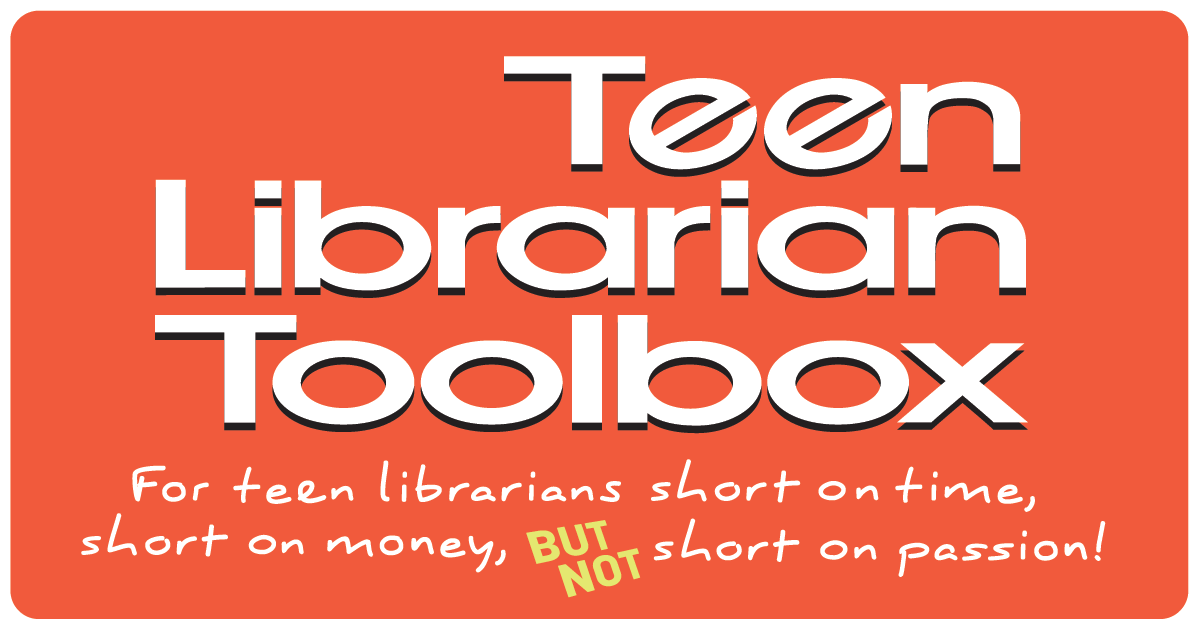Professional Book Shelf: They Suck, They Bite, They Eat, They Kill by Dr. Joni Richards Bodart
You can’t be a teen librarian and not know about Dr. Joni Bodart. She is one of our rock stars. Dr. Bodart is a strong advocate for teens and teen literature, having written a multitude of professional materials to help us all be better at what we do. She is passionate about booktalking and reader’s advisory and has written a variety of professional titles to help us all be better at the art of selling our wares to our teens.
Later this year Dr. Bodart will have a new, and timely, professional title coming out: They Suck, They Bite, They Eat, They Kill: The Psychological Meaning of Monsters in Young Adult Literature (coming out in December 2011). Without a doubt, monsters are everywhere in teen lit. From the widely popular Twilight series, which contains both vampires and shapeshifters, to the Vampire Diaries of old, now a hugely successful series on the CW, vampires have been a staple of teen lit. But it’s not just vampires anymore; shapeshifters, faeries, half demons and full demons and the ever present zombie are taking over the scene. There has been a lot of discussion lately about teen lit: Is it too dark? In They Suck, They Bite, They Eat, They Kill, Dr. Bodart helps us understand that appeal of monsters to teens (and to us all) and provides an insightful discussion into various titles and series currently popular with our audience.
ADVERTISEMENT
ADVERTISEMENT
As Dr. Bodart points out in her introduction, monsters have always been there in our stories. When humans began telling stories, they began telling of monsters. Although many worry about an interest in monsters, the truth is that reading about monsters in the safety of a book helps us all examine ourselves and our culture in a safe environment:
They fascinate us, but we recognize their danger and we fear them as well. Books and movies let us step into their world for awhile, to see how close we can get to them without getting caught. And who hasn’t looked up from a scary story to see the twitch of a shadow, the creak of the floor in the hall, and wondered if the monster had escaped from the pages. (Bodart, introduction XX)
Edited to add this note: One of the best features of this title, outside of the excellent discussion, is the appendix which features a comprehensive booklist on the various monsters discussed. The booklist is arranged by monster (angel, unicorn, vampire, etc.) and lists series and stand alone titles separately. Within each series listing is a list of each title within the series and an indication of whether or not the series is complete or ongoing. This is a great bibliographic tool.
Filed under: Book Reviews, Collection Development, Professional Collection, Reader's Advisory
About Karen Jensen, MLS
Karen Jensen has been a Teen Services Librarian for almost 30 years. She created TLT in 2011 and is the co-editor of The Whole Library Handbook: Teen Services with Heather Booth (ALA Editions, 2014).
ADVERTISEMENT
ADVERTISEMENT
SLJ Blog Network
The Moral Dilemma of THE MONSTER AT THE END OF THIS BOOK
Cover Reveal and Q&A: The One and Only Googoosh with Azadeh Westergaard
K is in Trouble | Review
Fighting Public School Book Bans with the Civil Rights Act
ADVERTISEMENT









Thanks, Karen! I am lucky enough to be in Dr. Bodart's booktalking class through SJSU, and it has been one of the best master's level classes I've taken. She has a wealth of knowledge and experience, and is so excited to share it with us all. I've learned so much, and now feel more like a 'real' high school librarian. 😀